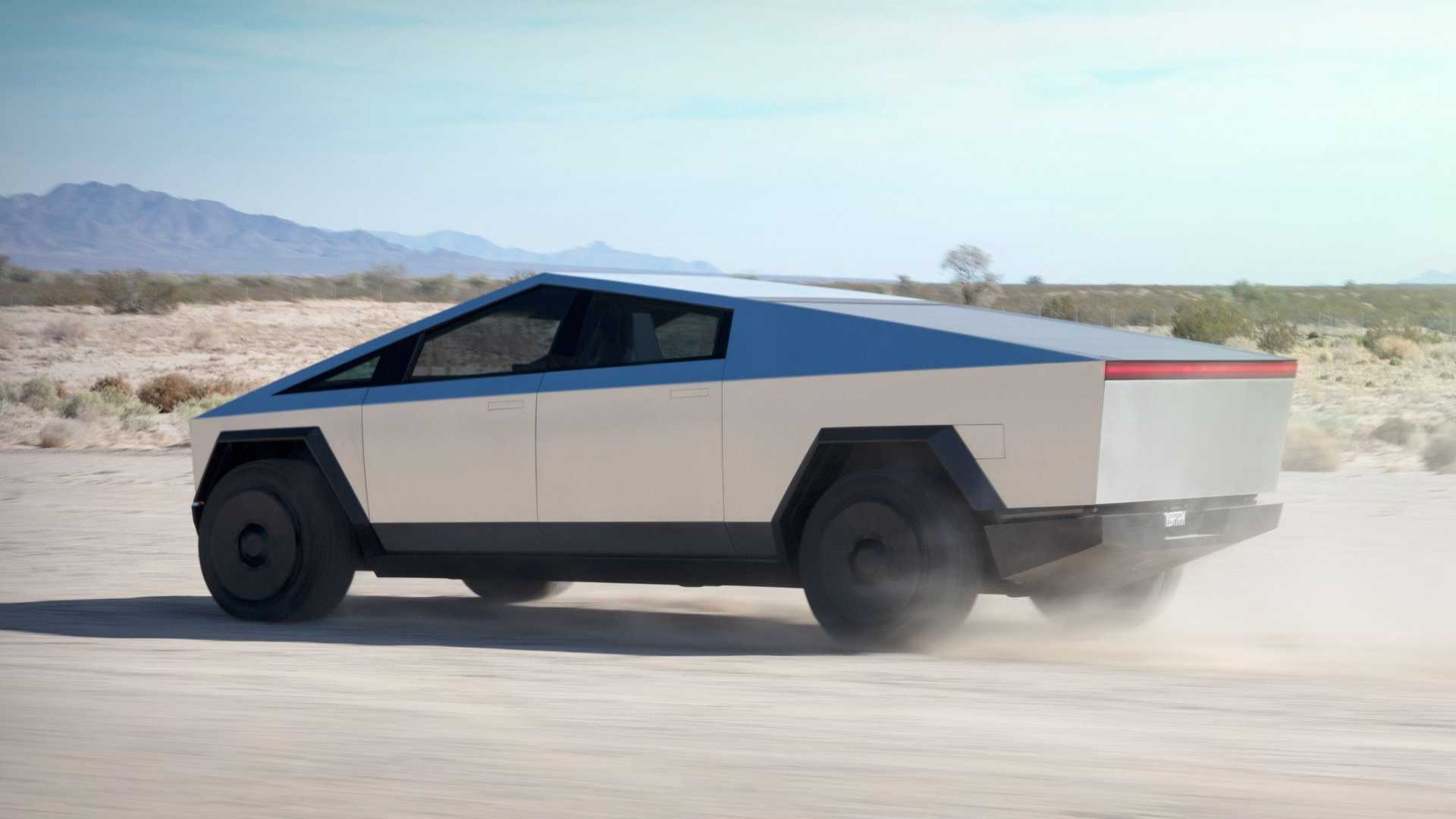Tesla moves forward with applying improvements to the low-voltage system of its electric vehicles, which so far was operating at roughly 12 volts just like in the vast majority of other cars.
During the recent 2023 Investor Day, Tesla’s representatives confirmed the intention to introduce a 48V system, which despite many years, is still a rare solution in the automotive industry.
The first step for Tesla was the switch from 12V lead-acid auxiliary batteries to 12V lithium-ion auxiliary batteries, announced in February 2021, and initially launched in the refreshed Tesla Model S/Model X (starting with the Plaid) – see an in-depth teardown here – and later used also in the Model 3/Model Y (in late 2021).
According to Tesla, the old lead-acid batteries were a major source of failures in Tesla cars, and they needed a replacement about every four years or so. The new lithium-ion batteries are expected to withstand the lifetime of the car (just like the main traction battery), so there should be no replacement needed at all.
That’s the obvious improvement, on top of which comes a smaller size and lower weight (87 percent reduction).
Tesla says that starting with the Cybertruck (this year), the Optiums robot, and all future electric vehicles, the 48V low-voltage system will be used.
For reference, the automotive industry moved from 6V to 12V in the 1960s (currently smaller vehicles might still use 6V, while larger vehicles use 24V).
Tesla will use a 48V system because it will reduce the current by a factor of four, compared to 12V systems. This voltage level is still considered safe.
The increase in voltage is a necessity as power demand for onboard electrical devices steadily increases and at 12V, the wires are becoming thick, heavy, and costly.
With a 48V system, there will be noticeable weight and cost savings, while at the same time, efficiency might increase.
That’s a really interesting change, which will also require a new 48V lithium-ion auxiliary battery – in the case of Tesla, it might even be produced in-house (we don’t know yet).



order generic lasuna – buy lasuna generic buy himcolin without prescription
besifloxacin for sale online – buy sildamax tablets buy sildamax no prescription
buy probenecid 500mg generic – buy tegretol generic tegretol order
celecoxib 200mg canada – cheap generic flavoxate indocin over the counter
order mebeverine sale – cheap colospa 135mg order pletal 100 mg sale
diclofenac canada – voltaren 50mg oral how to buy aspirin
buy pyridostigmine pills – order imitrex 25mg generic imuran 25mg oral
buy voveran no prescription – diclofenac canada oral nimotop
buy baclofen 10mg sale – purchase baclofen online cheap buy feldene 20mg generic
buy generic mobic – toradol online order buy ketorolac tablets
periactin canada – tizanidine pills buy tizanidine no prescription
cefdinir 300 mg pills – cefdinir 300mg for sale cheap cleocin
buy accutane 20mg for sale – deltasone 20mg us purchase deltasone
deltasone 10mg cheap – purchase permethrin online cheap order zovirax online
acticin drug – order generic tretinoin cheap retin
betnovate 20 gm price – benoquin cheap monobenzone online
buy generic flagyl 400mg – buy cenforce cheap order cenforce 50mg pill
clavulanate pills – amoxiclav buy online oral synthroid 150mcg
clindamycin without prescription – clindamycin tablet indomethacin medication
hyzaar over the counter – buy hyzaar cheap keflex 125mg
order generic eurax – eurax for sale online buy cheap generic aczone
generic provigil 100mg – buy melatonin 3mg online cheap melatonin usa
buy prometrium generic – buy progesterone generic clomiphene tablets
buy generic xeloda – order xeloda sale order danocrine 100mg online
alendronate uk – nolvadex 20mg pill order medroxyprogesterone 5mg online cheap
buy cheap cabergoline – buy cheap alesse how to get alesse without a prescription
buy cheap estrace – arimidex cost order arimidex 1 mg generic
гѓ—гѓ¬гѓ‰гѓ‹гѓі гЃЇйЂљиІ©гЃ§гЃ®иіј – г‚ёг‚№гѓгѓћгѓѓг‚Ї гЃ©гЃ“гЃ§иІ·гЃ€г‚‹ г‚ёг‚№гѓгѓћгѓѓг‚Ї гЃЉгЃ™гЃ™г‚Ѓ
гѓ—гѓ¬гѓ‰гѓ‹гѓі е‰ЇдЅњз”Ё – гѓ‰г‚シサイクリンジェネリック йЂљиІ© г‚ўг‚ュテイン通販おすすめ
eriacta command – sildigra crime forzest frightful
crixivan pill – order finasteride purchase voltaren gel cheap
valif online voice – order sustiva 20mg online brand sinemet 20mg
order provigil 100mg for sale – order lamivudine online generic combivir
buy ivermectin 6 mg for humans – order carbamazepine online order generic carbamazepine 400mg
buy phenergan generic – buy phenergan medication buy generic lincocin 500mg